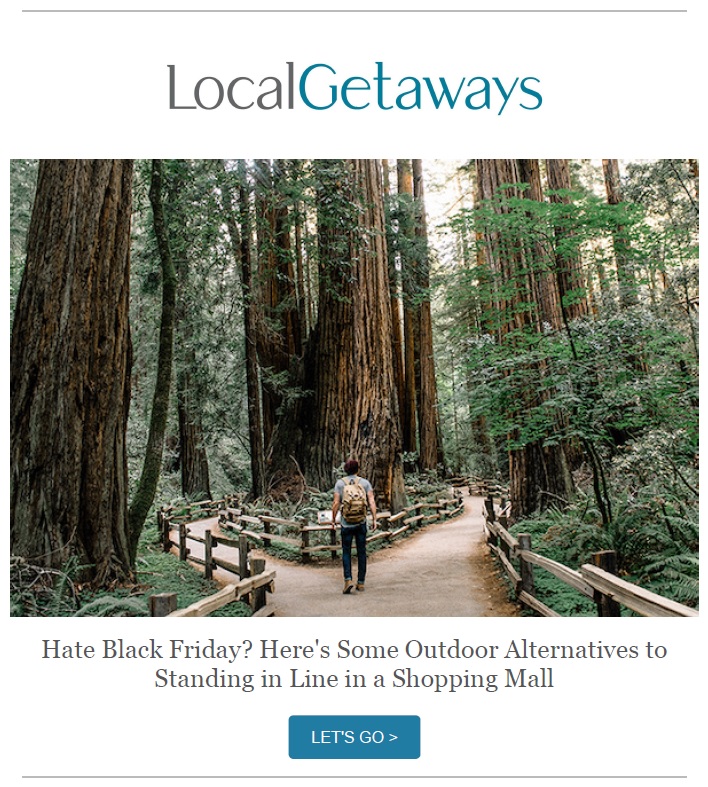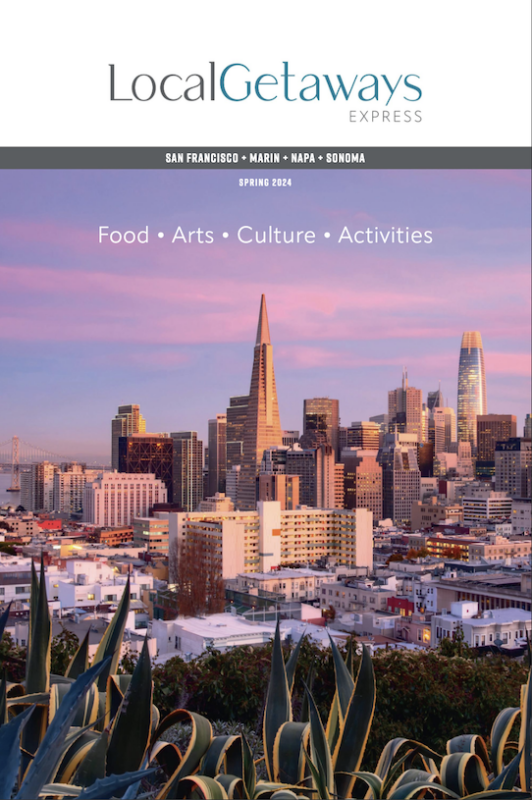“Good-bye God, I’m going to Bodie,” wrote a little girl whose family was moving to the most infamous Gold Rush boomtown in California. And if you think that’s creepy, what until you see what’s left of Bodie, one of the most authentic ghost towns in the entire West. Located about 20 miles northeast of Yosemite National Park, a road trip to see the legendary Bodie Ghost Town is the perfect excuse for taking a weekend getaway to the Eastern Sierra.
Featured Photo: Eniko Polgar via Unsplash.
Arrested Decay
Located in California’s high desert country, Bodie had a population of about 8,000 brave souls in 1879 and a lurid history of stagecoach holdups, robberies, killings, gambling, prostitution, saloons, and dance halls. During one brief lull in the action, the local newspaper commented that, “Bodie is becoming a summer resort — no one killed here last week.”
During its heyday the town bustled with horse-drawn wagons filled with lumber, and daily stage coaches carrying bars of gold bullion guarded by men with sawed-off shotguns. Some $32 million in gold was mined in Bodie’s hills during the area’s short but intense zenith.
After the mines played out, the town went into decline, and by 1882 most of the townsfolk had moved on, seemingly overnight. The State of California took over the town in 1962 to make it a State Historic Park, and today Bodie is one of the best-preserved ghost towns in America, designated a National Historic Site that is maintained in a state of “arrested decay,” which means the remaining buildings are preserved, but not rebuilt or changed in any way.
Ghost Stories
As you wander down Bodie’s dusty streets, what you see is so eerily authentic and strange — pants still hanging next to a steamer trunk, dusty schoolbooks tossed on desks, stores stocked with original canned goods — that ghost stories naturally abound. Even math problems can still be seen on the slate chalkboards in the rickety schoolhouse.
Some say a little girl, buried in the cemetery and known as, “the Angel of Bodie,” has been heard calling for her daddy and plays with the occasional unsuspecting visitor’s child. Park aides tossing rocks down a mine shaft claim to have heard a calm voice saying, “Hey, you,” coming from within the blocked-up, caved-in mine. Another park employee opened a house that had been locked up for the winter and smelled fresh-cooked Italian food.
The Dirt on Bodie
In addition to its ghostly inhabitants, Bodie is open to visitors year-round. At 9,000 feet, Bodie gets chilly even in summer, so bring a jacket. Mark Twain once said that the breaking up of one winter and the beginning of the next were the only seasons he could distinguish in Bodie. The Carson Tribune observed, “The weather is so cold in Bodie that four pairs of blankets and three in a bed is not sufficient to promote warmth.” There are no food, drink (other than water), or tourist accommodations in the park — just the pure remains of the wild, wild West.
Getting to Bodie is no cakewalk. From US 395, 7 miles south of Bridgeport, you take State Route 270 and go 10 miles to the end of a paved road and continue another 3 more miles on a bumpy dirt road (make sure you start with a full tank of gas). Call ahead for road and weather conditions. Admission is $8 per person 17 and older, $5 for kids ages 6 to 16, and free for 5 and under. Only cash or personal/travelers checks are accepted at park entrance station. To learn more about this history of this man-made wonder, visit bodie.com.
Mono Lake
Since you’re already in the area, you’ll definitely want to spend part of day exploring Mono Lake(pronounced MOW-no). Set at the eastern foot of the Sierra Nevada and ringed with fragile limestone tufa spires, this hauntingly beautiful 60-square-mile desert salt lake is a stopover for millions of migratory birds that arrive yearly to feed on the lake’s trillions of brine shrimp and alkali flies (mono means “flies” in the language of the Yokuts, the Native Americans who live just south of this region).
While numerous streams empty into Mono Lake, there’s no outlet. Instead, the lake water evaporates, leaving behind minerals washed down from the surrounding mountains. The result is an alkaline and saline content that is too high for fish (3 times saltier than the sea, and 1,000 times more alkaline) but ideal for shrimp, flies, and human swimmers.
Right off Highway 395 is the Mono Basin Scenic Area Visitors Center, a modern, high-tech edifice that would make any taxpayer proud. The center offers scheduled walks and talks, and it has an outstanding environmental and historical display with hands-on exhibits that will entertain the kids. After touring the visitors center, head for The South Tufa Area at the southern end of the lake and get a closer look at the tufa formations and briny water.
Looking for more things to do in Northern California?
Visit our Bay Area, Tahoe, Wine Country and Central Coast pages for more travel inspiration!




